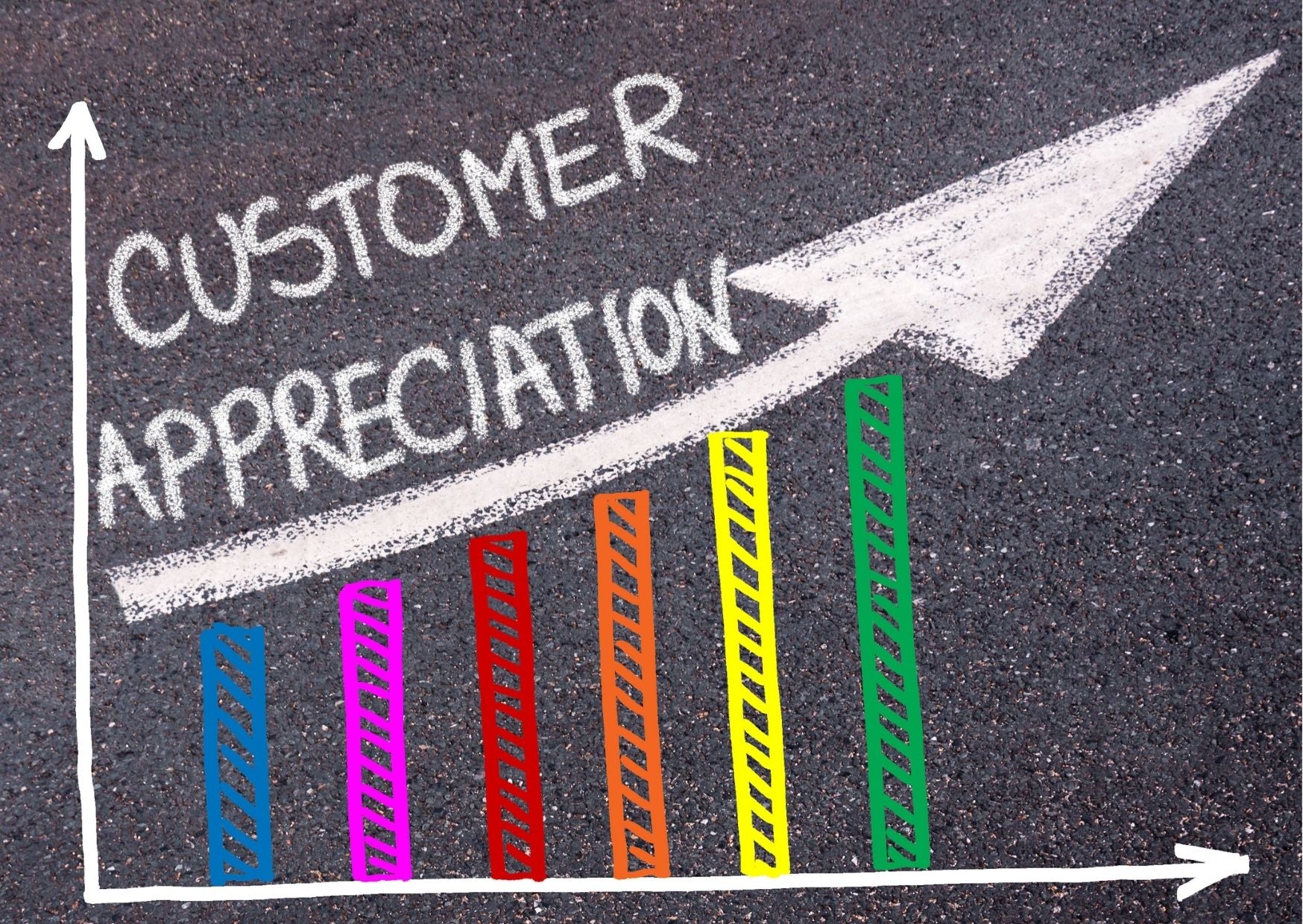International Women's Day
International Women's Day celebrates women’s social, economic, cultural, and political achievements. It is also a day to call for gender equality and to empower women.
International Women's Day was first held on March 8th, 1909, in New York City. The event was organized by the Socialist Party of America and Margaret Sanger who led the charge on women's rights. The goal was to promote equal rights for women, and it has been celebrated every year since then.
This year the theme chosen is “Gender Equality Today For A Sustainable Tomorrow.” The theme mainly recognizes the contribution of girls and women worldwide, who are leading on pressing global issues like climate change response and mitigating its effects, to build a more sustainable future.
In 2022, the goal is also to push for greater gender equality across the board. Gender equality is a major part of global human rights, highlighted by the observance of National Women's Day.
The History of National Women's Day
Initially, International Women’s Day had no set date, but it was celebrated sometime in late February or early March. In America, National Women’s Day was observed on the last Saturday in February, and in Russia, it was observed first in 1913 but on the last Saturday in February. However, in 1914, International Women’s Day was celebrated on March 8th in Germany, and it is generally considered appropriate because that day was a Sunday. In Germany, the observance was mainly a celebration of the Women’s right to vote, which women didn’t have until 1918. Later, there was a march in London supporting women’s suffrage; during this march, Sylvia Pankhurst was arrested at Charing Cross station when on her way to Trafalgar Square. If anything her arrest became an iconic illustration of the struggle endured by women for gender equality.
The first National Women's Day was observed in New York City on February 28th, 1909. The day was chosen because it was the anniversary of the 1908 garment workers' strike in New York City. The strike had been led by Clara Lemlich, a young woman who had emigrated from Russia two years earlier.
In 1975, the United Nations General Assembly declared March 8th as International Women's Day, calling for international solidarity among women.
The empowerment of women is a global issue. Women are often discriminated against and have fewer opportunities than men. This is not only a problem in developing countries but also in developed countries.
For example, in the United States, women earn on average 79 cents for every dollar men earn. This means that they earn less than 20% of what men earn. The wage gap is even worse for women of color, who earn 54 cents for every dollar that white men earn.
Gender equality ensures that all people, regardless of their sex or gender, have the same opportunities in education, employment, health, and political participation.
The United Nations has set a goal for gender equality by 2030. The UN has also set a goal to end all forms of violence against women and girls by 2030. To achieve these goals, it is essential to work together and make sure that we are not discriminating against anyone based on their sex or gender.
The women's march, an icon for women's struggle continues to be banned in some countries in the world.
The March Towards A Gender Equal World
A high-level event will mark the UN’s planned International Women’s Day event on March 8th. The Secretary-General of the United Nationals, the Chair of the Commission on Status of Women, the President of the General Assembly, the Executive Directory of UN Women, climate change activists, and celebrities will participate. The event is expected to be followed by a high-level panel discussion and later brief musical performances by leading artists.
This year International Women’s Day has partnered with leading visual artist Burcu Köleli who is developing stunning imagery that illustrates the theme of the event. However, the UN has strictly advised against any commercial use of these banners, though they can be used for non-commercial activities on social media and the web, in the context of Women’s Day.
The goal is to advance gender equality and the inherent risk of the climate crisis, which is amongst the greatest global challenges. Gender equality and climate change are two of the biggest challenges of the 21st century. Climate change and its effects will continue to have a lasting and severe impact on our social and economic development environment. It is those amongst the most marginalized and vulnerable who tend to experience the most profound impacts of climate change. Consequently, climate change adaptation will help raise the quality of life for these people.
In 2022, the UN recognizes that women are the most vulnerable to the impacts of climate change compared to men. One reason for this is that they make up most of the poor and are thus dependent on land or natural resources threatened by climate change.
Yet girls and women in general can and are highly effective leaders and instrumental change-makers in the context of mitigating the effects of climate change. Women are a significant part of many sustainable initiatives globally, with their leadership resulting in more effective action.
The world must continue examining the opportunities and constraints to empower both girls and women in the decision-making process associated with climate change and the overall sustainability goal. Sustainable development and gender equality are two of the most pressing issues of today’s world. Without gender equality, it will be impossible to have a sustainable future and an equal future. The Generation Equality campaign brings people together from all genders, religions, ethnicities, and ages to drive actions towards a gender-equal future.




